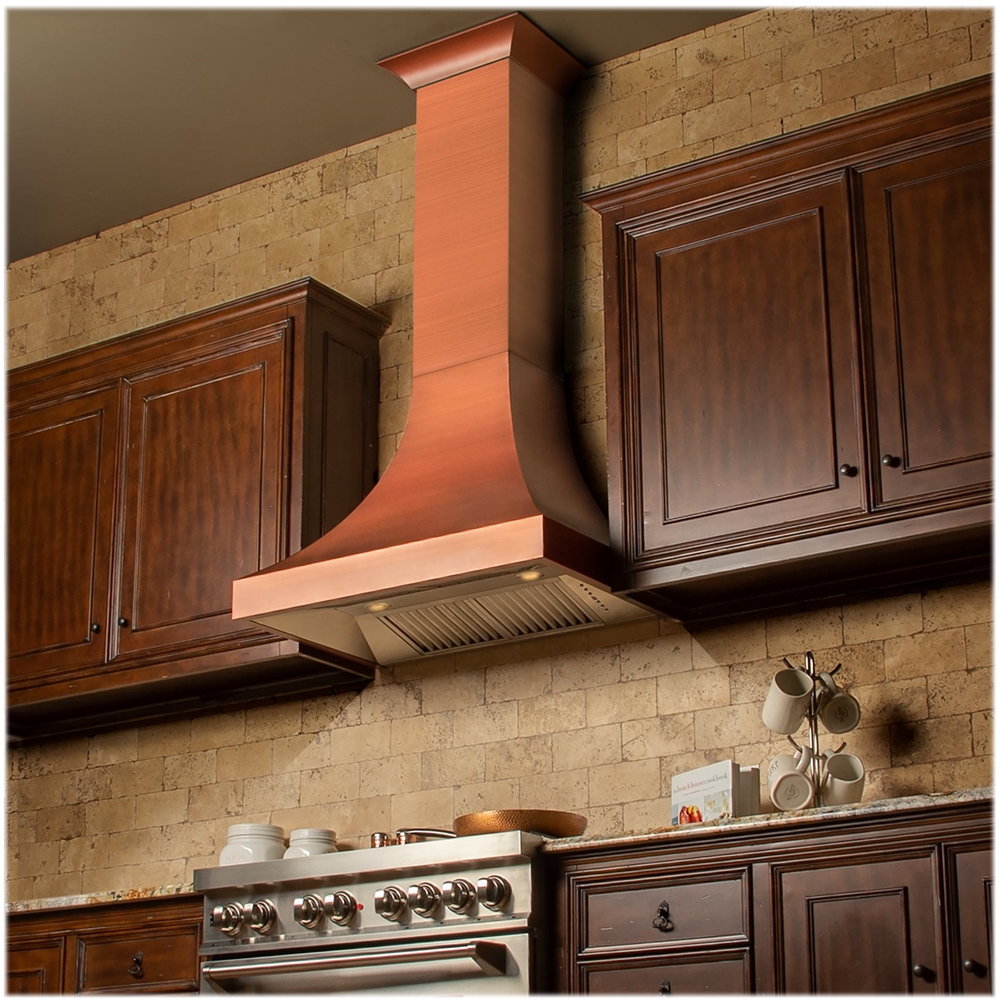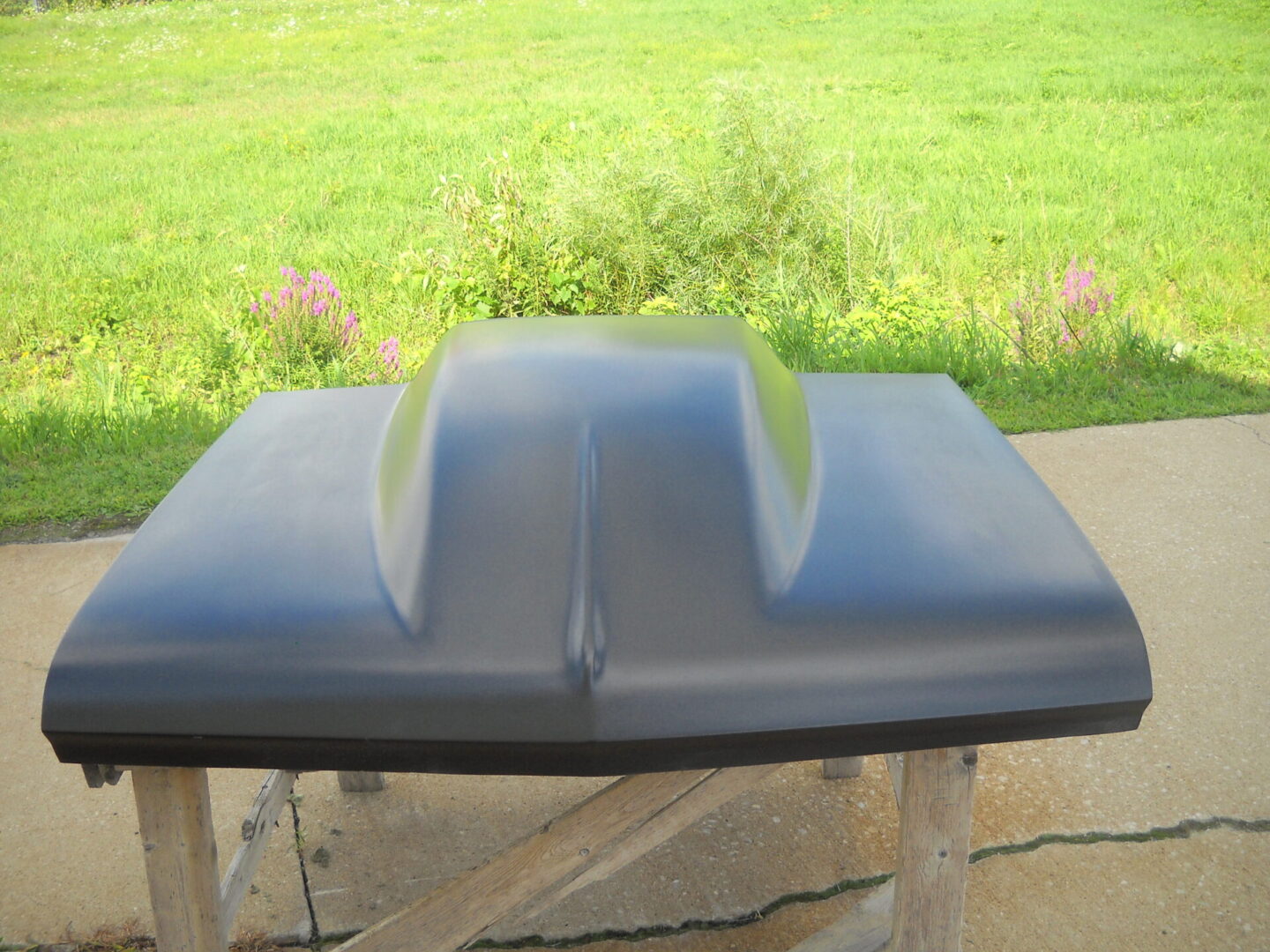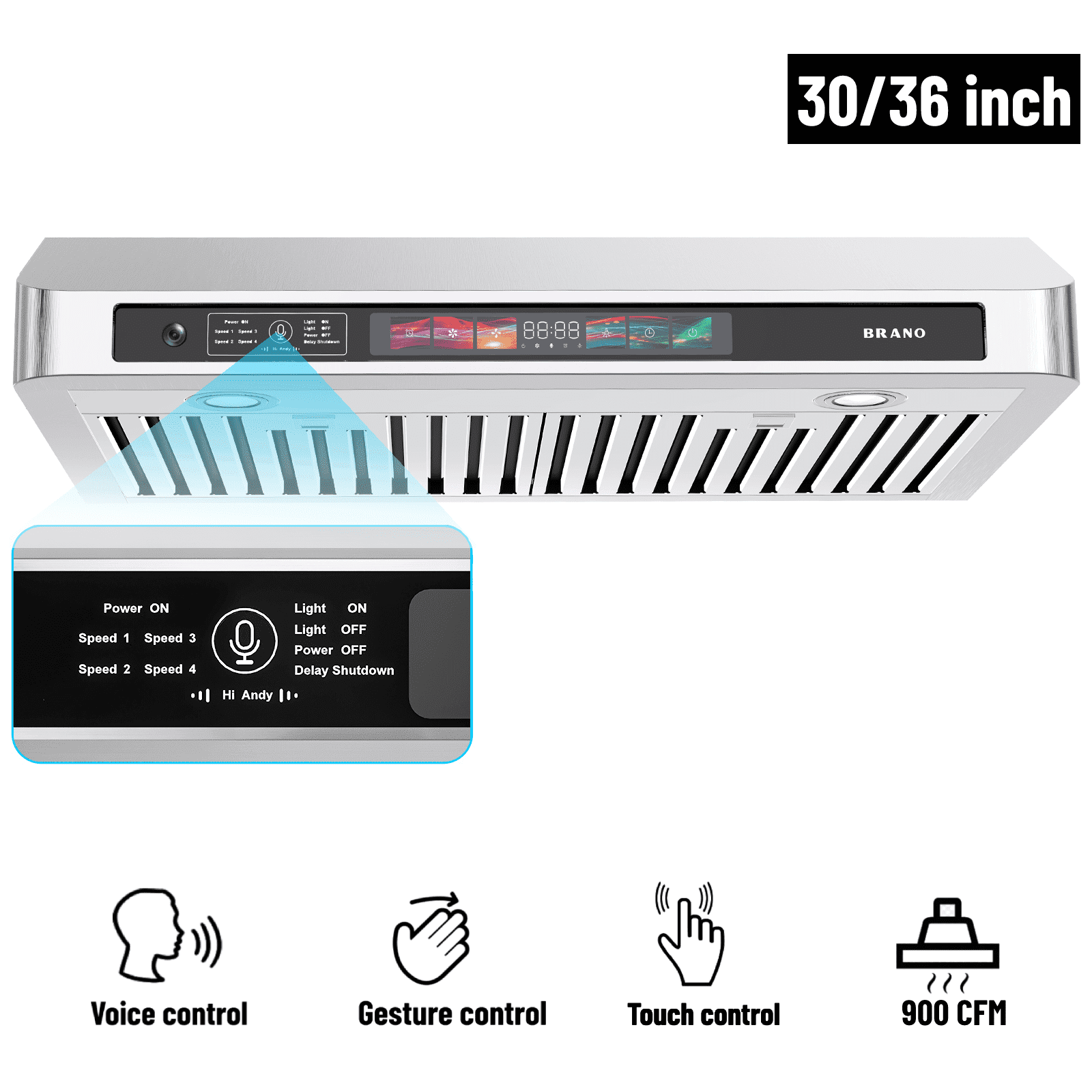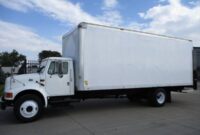Hood System For Food Truck: Your Indispensable Guide to Safety, Compliance, and Culinary Success pickup.truckstrend.com
In the vibrant, fast-paced world of food trucks, the sizzle of a grill, the aroma of spices, and the bustling energy are all part of the charm. But beneath the surface of culinary artistry lies a critical, often underestimated component that ensures not only delicious food but, more importantly, safety and legal operation: the Hood System for Food Truck. Far more than just a metal box, a properly designed and maintained hood system is the lungs of your mobile kitchen, vital for expelling smoke, grease, heat, and hazardous fumes, while also serving as your primary defense against the ever-present risk of fire.
This comprehensive guide will delve into every facet of the food truck hood system, transforming it from a mysterious piece of equipment into an understood, manageable, and absolutely essential asset for any aspiring or current food truck entrepreneur.
Hood System For Food Truck: Your Indispensable Guide to Safety, Compliance, and Culinary Success
What is a Food Truck Hood System and Why is it Essential?
A food truck hood system, often referred to as a commercial kitchen exhaust system, is an integrated ventilation and fire suppression setup designed to manage the byproducts of cooking. Unlike stationary restaurants, food trucks operate in a confined space, making effective ventilation even more critical.
Key Components of a Typical System:
- The Hood Canopy: The visible part, positioned directly above cooking equipment, designed to capture cooking effluent.
- Grease Filters: Removable filters (usually baffle-type) that trap grease particles before they enter the ductwork.
- Exhaust Fan (Blower): A powerful fan (typically roof-mounted, upblast) that pulls air, smoke, grease, and heat out of the truck.
- Ductwork: The enclosed passages that transport the contaminated air from the hood to the exhaust fan and out of the vehicle.
- Fire Suppression System: An automatic system (wet chemical is standard for kitchens) designed to detect and extinguish fires within the hood, ductwork, and cooking equipment.
- Makeup Air Unit (MAU) / Fresh Air Intake: Crucial for balancing air pressure within the truck, preventing negative pressure, and ensuring fresh air replaces the exhausted air.

Why is it Absolutely Essential?
- Safety First: This is paramount. Cooking in a confined space produces grease-laden vapors, smoke, carbon monoxide, and other combustion byproducts. A hood system prevents the accumulation of these hazardous substances, drastically reducing the risk of grease fires, which can spread rapidly and be devastating in a mobile environment. It also protects staff from inhaling harmful fumes.
- Health and Hygiene: Effective ventilation removes odors, steam, and excessive heat, creating a more comfortable and hygienic working environment for your staff. It also prevents grease and condensation from building up on surfaces, reducing slip hazards and making cleaning easier.
- Regulatory Compliance: Without a compliant hood system, your food truck will not pass health department or fire marshal inspections. National Fire Protection Association (NFPA) Standard 96 is the widely adopted code for ventilation control and fire protection of commercial cooking operations. Local jurisdictions will also have specific codes and permitting requirements that mandate certified hood systems. Non-compliance can lead to hefty fines, forced closure, or even legal liabilities.
- Equipment Longevity: By removing grease and heat, the hood system helps protect your expensive cooking equipment and other onboard electronics from premature wear and tear caused by grease buildup and excessive temperatures.


Key Components of a Food Truck Hood System
Understanding each component helps in making informed decisions for your mobile kitchen.
- The Hood Canopy: Typically constructed from stainless steel for hygiene, durability, and fire resistance. The size and shape depend on the cooking line below. Wall-mounted hoods are common, but island hoods might be used if cooking equipment is central.
- Grease Filters: Baffle filters are the industry standard for commercial kitchens, including food trucks. They are designed with baffles that force grease-laden air to change direction, causing grease particles to condense and drip into a collection trough. They are durable, easy to clean, and fire-resistant. Mesh filters are generally not recommended due to their higher fire risk and difficulty in cleaning.
- Exhaust Fan (Blower): The workhorse of the system. For food trucks, a roof-mounted upblast exhaust fan is almost universally required. This design ensures that exhausted air is blown upwards, away from the truck and surrounding areas. The fan’s capacity is measured in Cubic Feet per Minute (CFM) and must be accurately sized based on the type and BTU rating of your cooking equipment.
- Ductwork: This is the conduit for exhausted air. It must be made of welded steel (typically 16-gauge for exhaust, 18-gauge for makeup air), airtight, and insulated if passing through unconditioned spaces. Crucially, NFPA 96 requires access panels in the ductwork for cleaning and inspection, and specific clearances from combustible materials.
- Fire Suppression System: This is not optional for food trucks with grease-producing cooking equipment. Wet chemical systems (e.g., Ansul R-102, Kidde WHDR, Pyro-Chem PCL) are designed to automatically discharge a chemical agent that extinguishes grease fires by cooling the fuel and creating a foam blanket to prevent re-ignition. They include nozzles positioned over cooking appliances and within the hood/ductwork, a detection system (fusible links or heat detectors), and a manual pull station.
- Makeup Air Unit (MAU): While not always a separate "unit" in smaller food trucks, providing adequate makeup air is critical. Exhausting air without replacing it creates negative pressure, which can cause doors to stick, pilot lights to extinguish, and pull in unconditioned, unfiltered air from other openings. For food trucks, this often means a dedicated fresh air intake fan or simply relying on strategic openings, but for larger, high-volume operations, a powered MAU is often necessary to balance the air pressure.
Types of Food Truck Hood Systems
Primarily, food trucks utilize Type 1 (Grease Exhaust) Hoods. These are specifically designed for cooking equipment that produces grease-laden vapors (grills, fryers, ranges, charbroilers, woks). They must include grease filters and be connected to a fire suppression system.
Type 2 (Condensate) Hoods are for steam, heat, and odor removal from non-grease producing equipment like dishwashers, coffee makers, or ovens not used for frying/grilling. These are less common as the primary hood in food trucks unless there’s a dedicated non-grease cooking station.
Some manufacturers offer Self-Contained/Recirculating Hoods. These systems filter the air internally (often with carbon filters for odors and HEPA filters) and return it to the kitchen, eliminating the need for external ductwork. While tempting for space and installation simplicity, they come with significant caveats:
- Limited Application: Many fire marshals and health departments do not approve them for grease-laden cooking (fryers, griddles). They are generally only approved for electric ovens or steam tables.
- High Maintenance: Filters require frequent, costly replacement.
- Heat & Humidity: They do not remove heat or humidity, which can make the food truck excessively hot and uncomfortable.
- Local Regulations are Key: Always check with your local authorities before considering this option. For most food trucks with a diverse menu, a traditional Type 1 external exhaust system is the only viable and compliant choice.
Designing and Installing Your Food Truck Hood System
This is not a DIY project. The design and installation of a food truck hood system are complex and heavily regulated.
- Professional Consultation is Non-Negotiable: Engage with experienced commercial kitchen ventilation specialists who understand NFPA 96 and local food truck regulations. They will help with:
- Sizing (CFM Calculation): This is critical. It depends on the cooking equipment’s size, heat output (BTUs), and the type of cooking. An undersized system won’t adequately ventilate; an oversized one wastes energy and can create negative pressure issues.
- Layout and Placement: Optimizing the hood’s position above equipment, routing ductwork, and placing the fan for optimal performance within the truck’s limited space.
- Material Selection: Ensuring all components meet fire and health codes (e.g., 304-grade stainless steel).
- Fire Suppression System Design: Proper nozzle placement, agent quantity, and control panel integration.
- Permitting and Inspections: Be prepared for a rigorous permitting process. This will involve submitting detailed plans to the local fire department, health department, and potentially building/zoning authorities. Expect multiple inspections during and after installation.
- Electrical Requirements: The exhaust fan and fire suppression system will require dedicated electrical circuits. Ensure your truck’s electrical system can handle the load.
- Installation Best Practices:
- Welded Ductwork: All duct seams must be liquid-tight, typically continuously welded.
- Clearances: Maintain specified clearances between ductwork and combustible materials.
- Access Panels: Ensure sufficient access panels for cleaning and inspection of the ductwork.
- Robust Mounting: Given the truck’s mobility, all components must be securely mounted to withstand vibration and movement.
Maintenance and Operation: Keeping Your System Optimal
A well-installed system is only effective if it’s well-maintained. Neglecting maintenance is the leading cause of system failure and fire hazards.
- Grease Filter Cleaning: This is a daily task. Filters should be removed, cleaned thoroughly (dishwasher or degreaser), and allowed to dry before reinstallation.
- Hood Canopy Cleaning: Wipe down the interior and exterior of the hood daily to prevent grease buildup.
- Ductwork Cleaning: This is a professional job. Depending on your cooking volume, ductwork should be professionally cleaned every 3 to 12 months. NFPA 96 specifies cleaning frequency based on cooking volume (e.g., monthly for solid fuel, quarterly for high volume, semi-annually for moderate, annually for low volume).
- Exhaust Fan Maintenance: Regularly check the fan belt tension, lubricate bearings (if applicable), and clean the fan blades. The fan housing also needs periodic cleaning to remove accumulated grease.
- Fire Suppression System Checks:
- Monthly Visual Check: Ensure pressure gauges are in the green, nozzles are unobstructed, and the manual pull station is accessible.
- Semi-Annual Professional Inspection: A certified technician must inspect, test, and tag your system every six months. This is a mandatory compliance requirement.
- Makeup Air System: Ensure filters (if present) are clean and the intake is unobstructed.
Navigating Regulations and Compliance (NFPA 96 & Local Codes)
Compliance is the cornerstone of safe food truck operation.
- NFPA 96: This is the overarching standard for commercial kitchen ventilation. Familiarize yourself with its core tenets regarding ductwork, clearances, access panels, and fire suppression.
- Local Health Department: They will focus on hygiene, proper ventilation to prevent odor/smoke issues, and overall kitchen cleanliness.
- Local Fire Department: They are the primary enforcers of NFPA 96. They will inspect your fire suppression system, ductwork, fan, and clearances. They will require permits for installation and regular inspections.
- Permitting Process: This can be lengthy and complex. Start early! You will likely need detailed plans from your hood system installer, fire suppression company, and potentially an electrical contractor.
- Consequences of Non-Compliance: Operating without a compliant hood system is a recipe for disaster. It can lead to:
- Fines and penalties.
- Forced closure of your business.
- Invalidation of your insurance policy in case of a fire.
- Serious safety risks for your staff and the public.
Challenges and Solutions for Food Truck Hood Systems
Food trucks present unique challenges compared to brick-and-mortar restaurants.
- Space Constraints:
- Solution: Work with experienced designers who can maximize space, potentially using compact hood designs and strategically routing ductwork.
- Power Limitations:
- Solution: Choose energy-efficient exhaust fans and ensure your truck’s generator or shore power can adequately support the system’s electrical demands.
- Vibration and Mobility:
- Solution: All components must be securely mounted with vibration isolators to prevent damage during transit. Robust, welded construction is essential.
- Heat Management:
- Solution: Beyond the exhaust system, consider additional insulation, strategic window placement, and potentially auxiliary fans to manage the significant heat generated by cooking equipment in a small space.
- Cost: The initial investment can be substantial.
- Solution: View it as a critical safety investment, not an expense. Factor it into your startup budget from day one. Financing options may be available.
Table Price: Estimated Costs for a Food Truck Hood System
Please note: These are estimates and can vary wildly based on hood size, fan CFM, fire suppression system brand, installer’s labor rates, geographic location, and specific truck modifications. Always get multiple quotes.
| Component / Service | Estimated Low Range | Estimated High Range | Notes long



